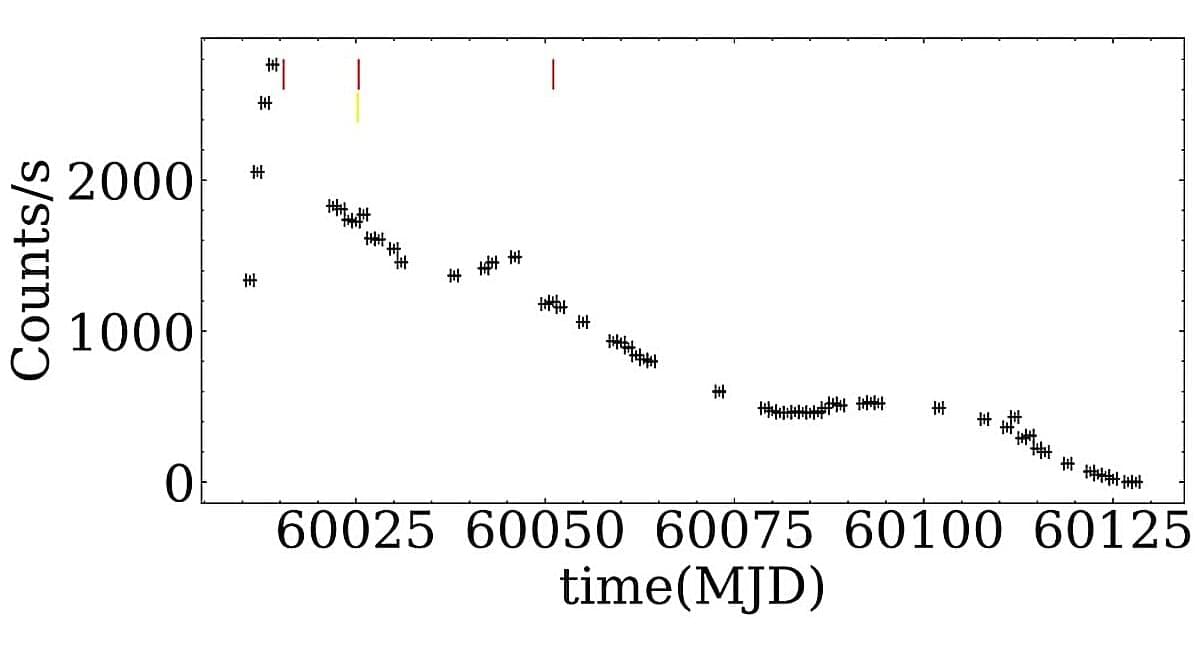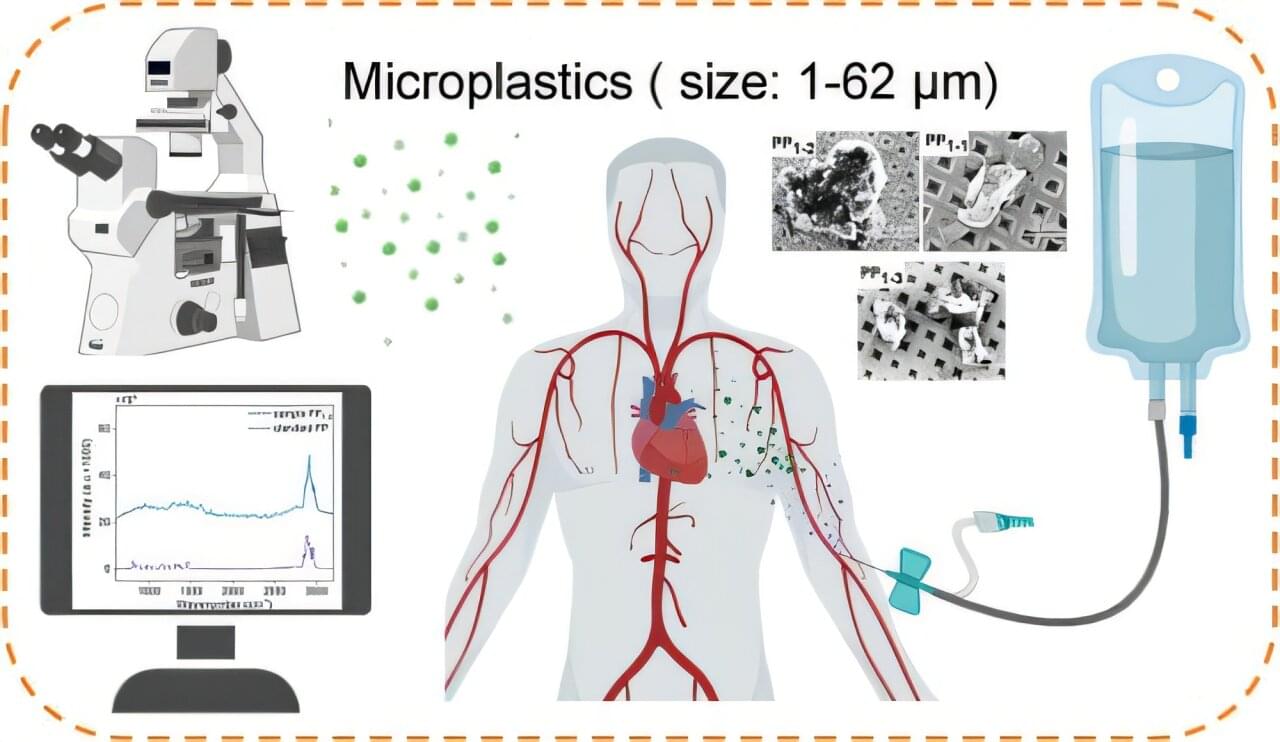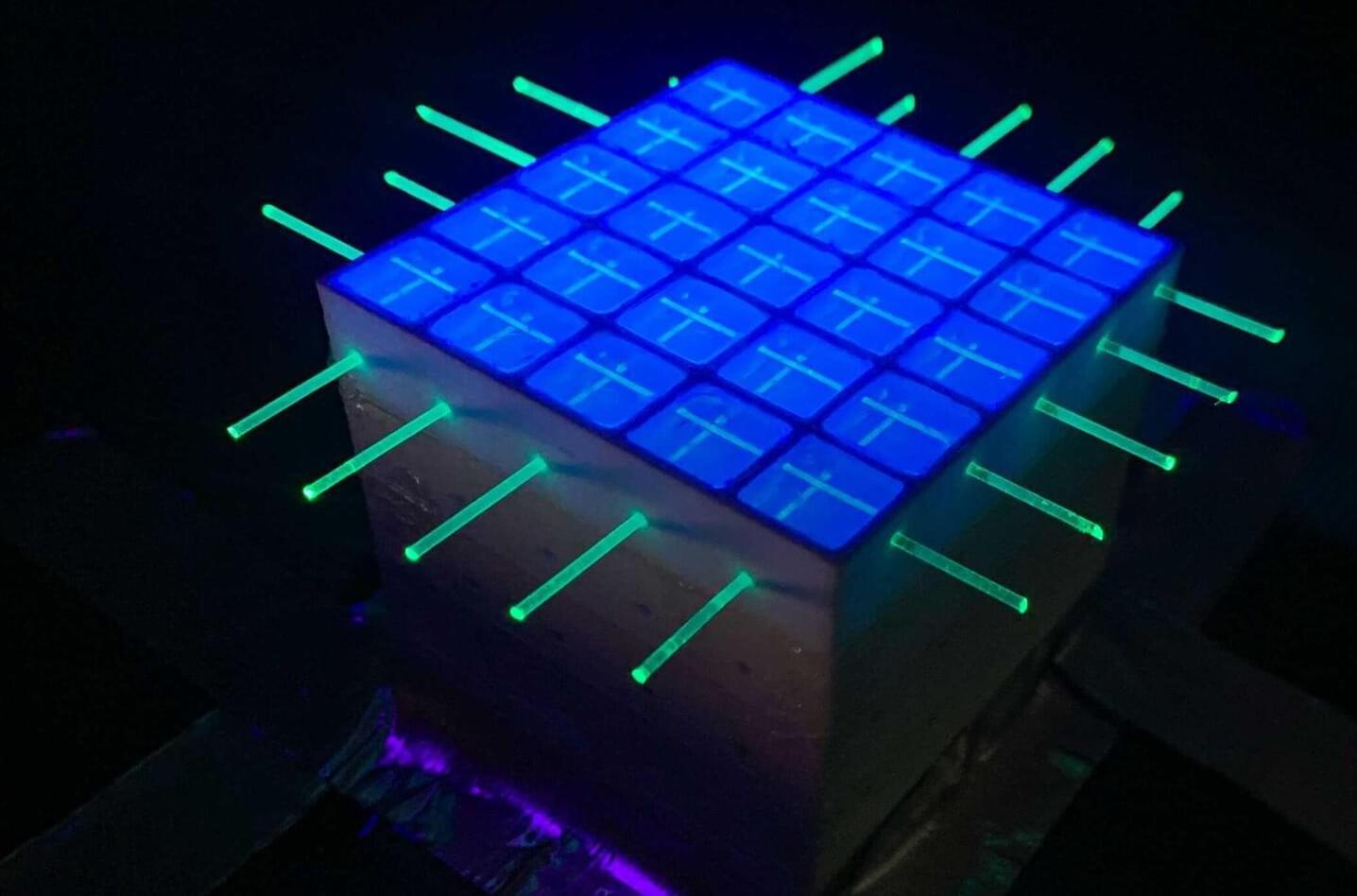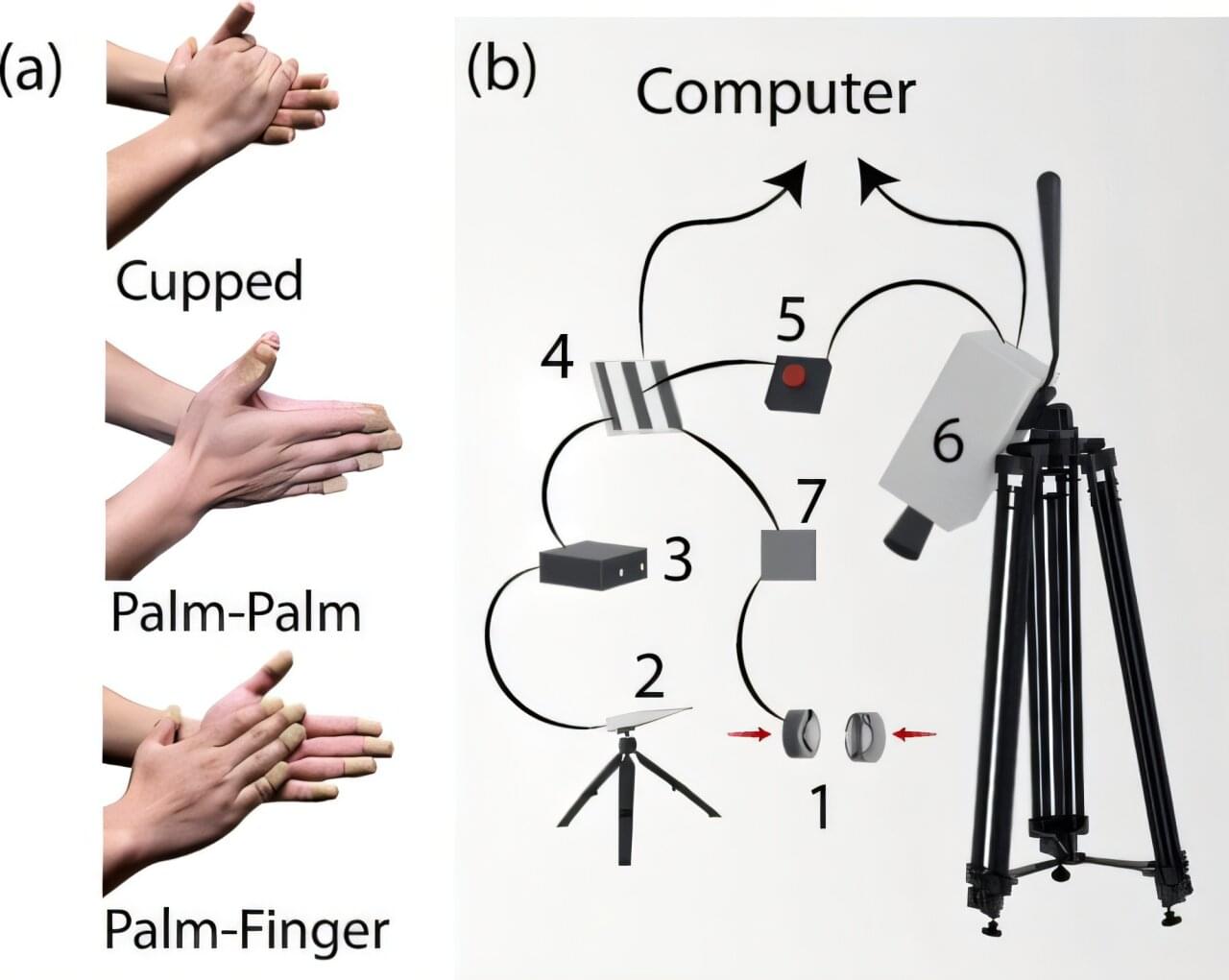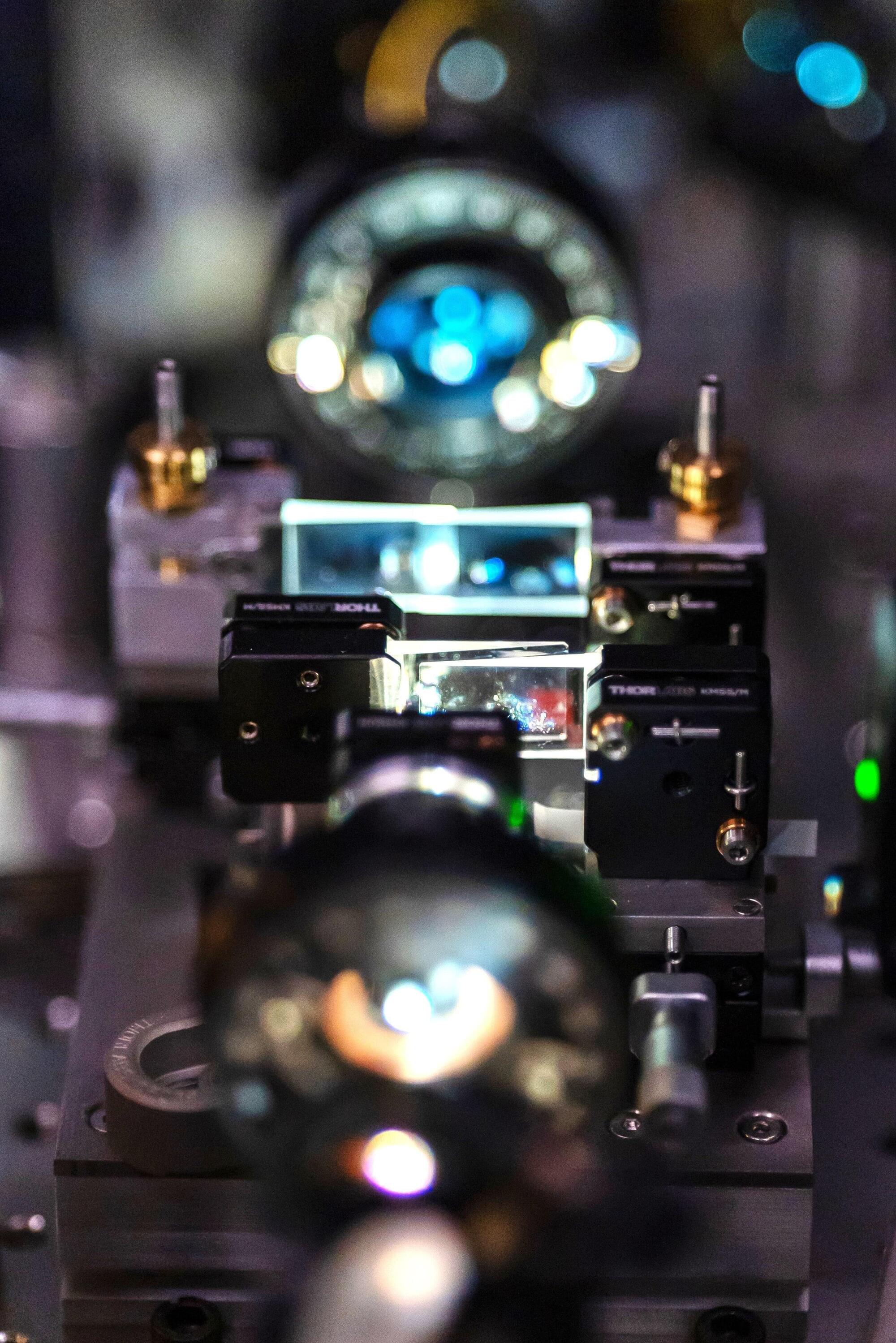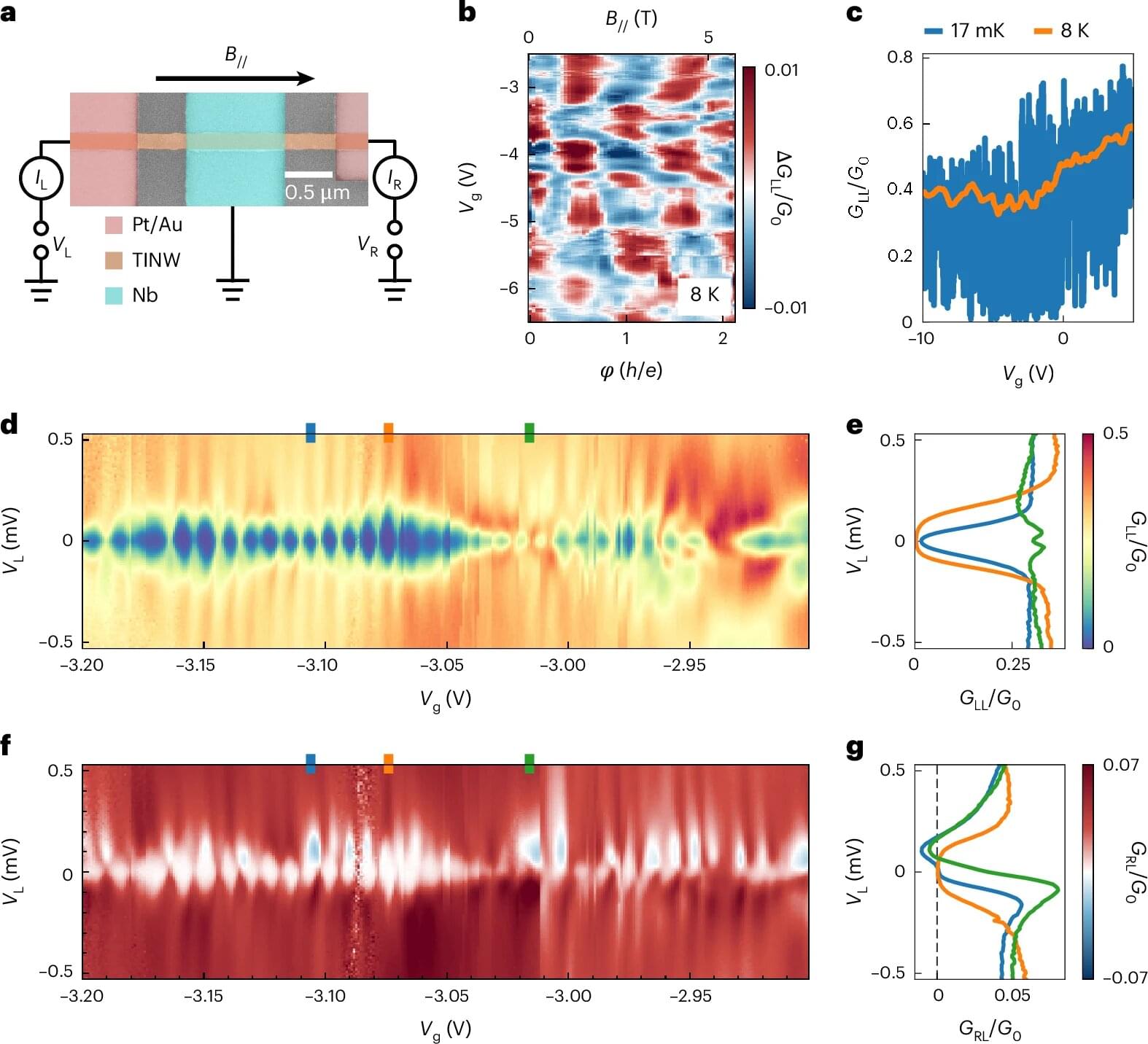Astronomers have revealed new evidence that not just one, but four tiny planets are circling around Barnard’s Star, the second-nearest star system to Earth.
The four planets, each only about 20 to 30% the mass of Earth, are so close to their home star that they zip around the entire star in a matter of days. That probably means they are too hot to be habitable, but the find is a new benchmark for discovering smaller planets around nearby stars.
The resulting paper is published in The Astrophysical Journal Letters.

